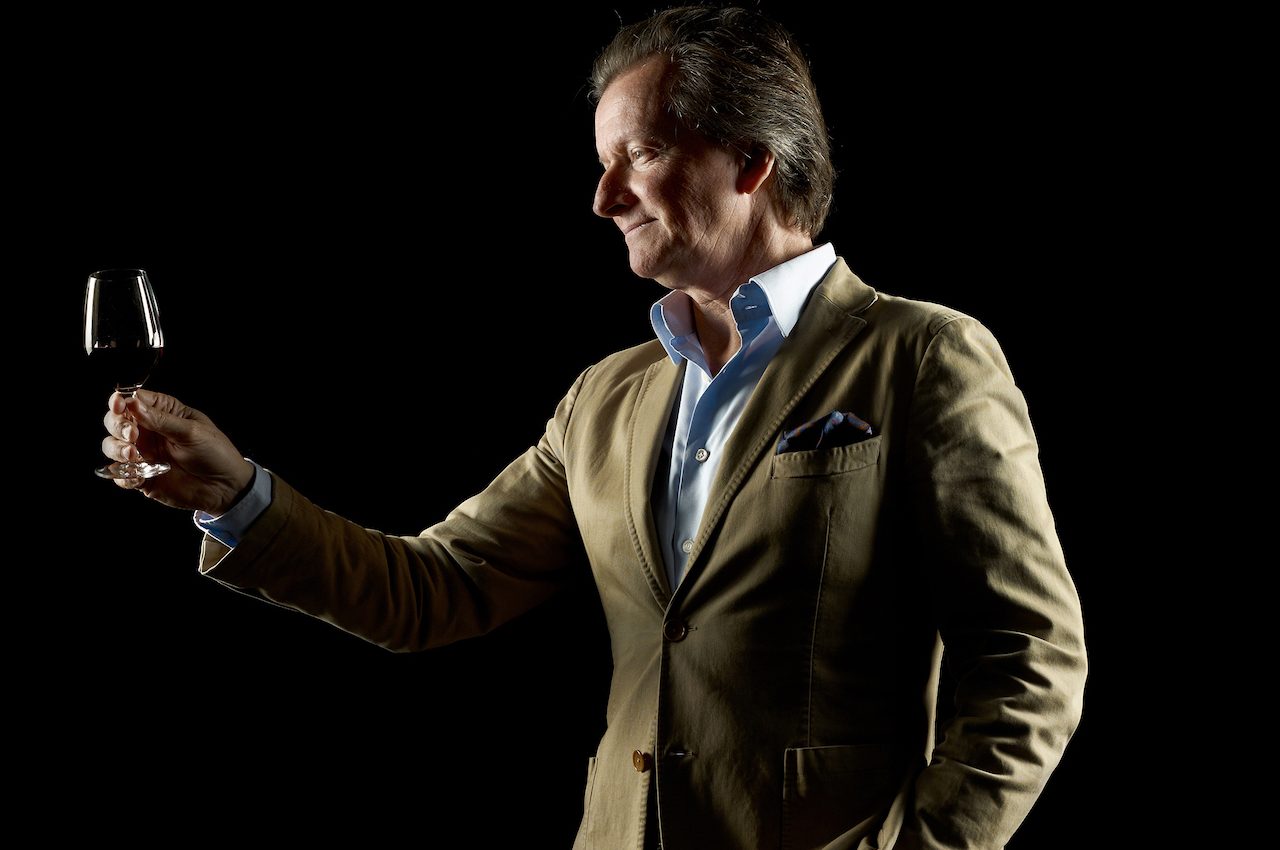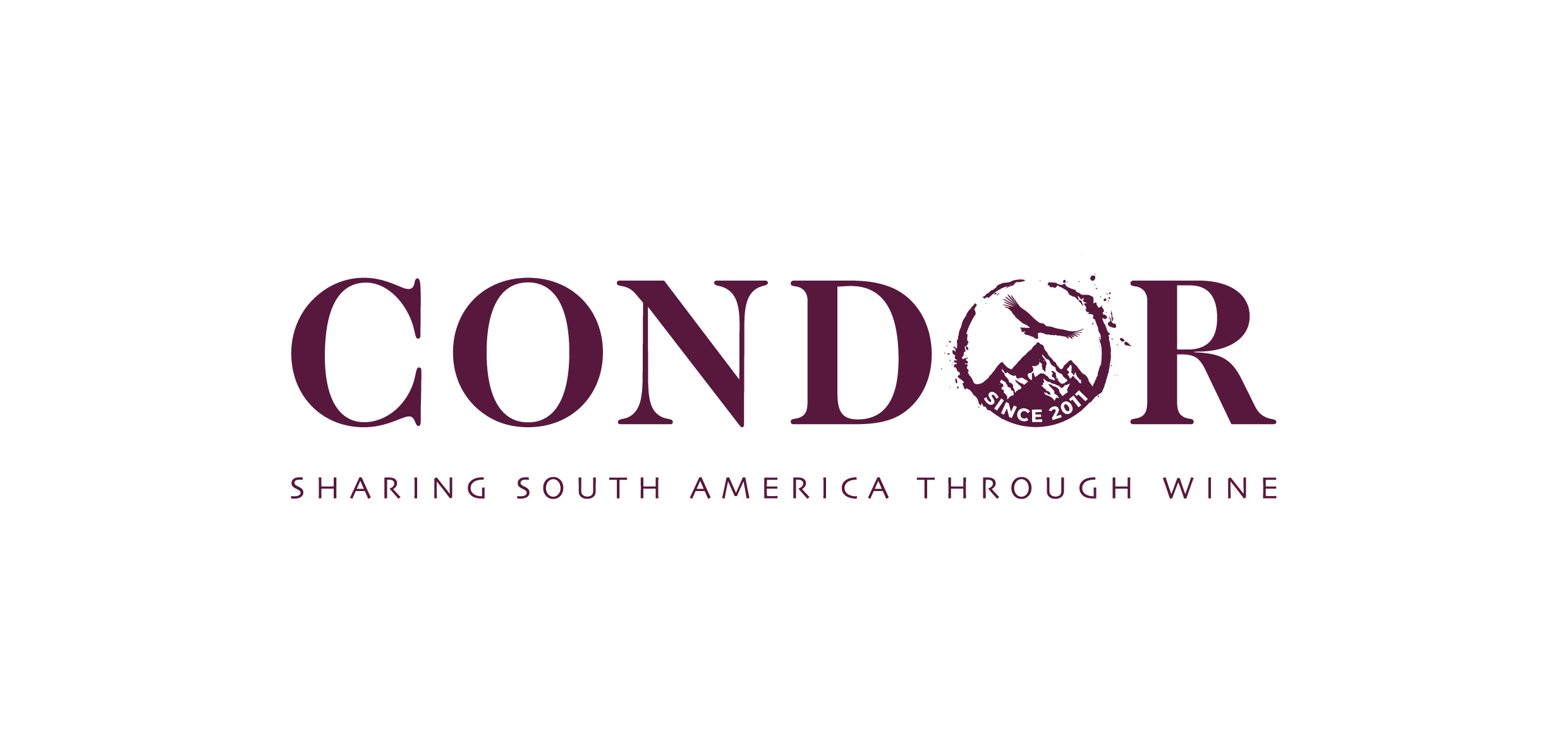2017 has been an amazing vintage in Argentina for Francois Lurton, the grapes are in three weeks early and he is sleeping well as a result. His top Malbec Chacayes now has its own appellation and his blended reds and whites are standing the true test of time.
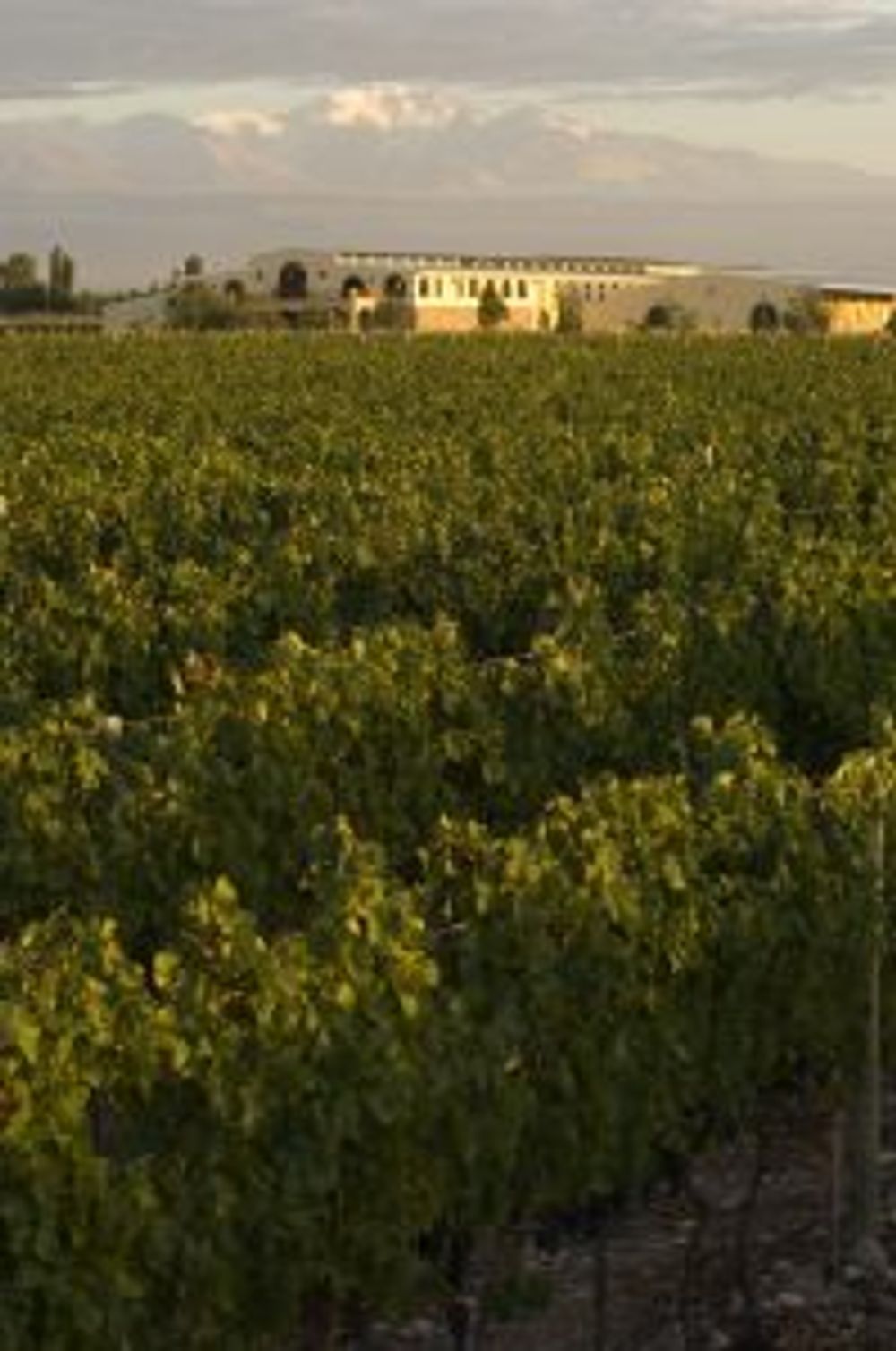
Bodega Piedra Negra
Francois Lurton, he of the Bordeaux dynasty with wine estates in all corners of the globe, says that if he were a vine he would most want to be planted in Chile.
“The climate is right, there are few insects there is little disease. Everything is easier in Chile.”
Not so Argentina where he is one of the pioneers of modern winemaking, having owned Bodega Piedra Negra, a 200 hectare (now reduced to 120 ha) estate since 1996.
“When it is the harvest I cannot sleep at night. There are hailstorms, the Zorda (a hot dry wind that burns the vines), frost, these are very difficult vineyards….. But when we planted here it was a gamble – not like in Bordeaux where if you buy an estate in Margaux you know exactly what you are getting, what the history of the vines is and so on.”
Lurton is speaking from experience. The Lurton clan reaches far and wide in winemaking, particularly in Bordeaux where his driven father André, made a name for himself reviving a number of estates in Pessac-Léognan and Château Bonnet in Entre Deux Mers, making inexpensive, quality wines.
Matching Lurton’s Argentine wines in an Argentinian pop-up
We are meeting for dinner in the clocktower of St Pancras Station to taste a range of Lurton’s wines, in particular the Chacayes Malbec that now has its own appellation Los Chacayes for the 2017 vintage.
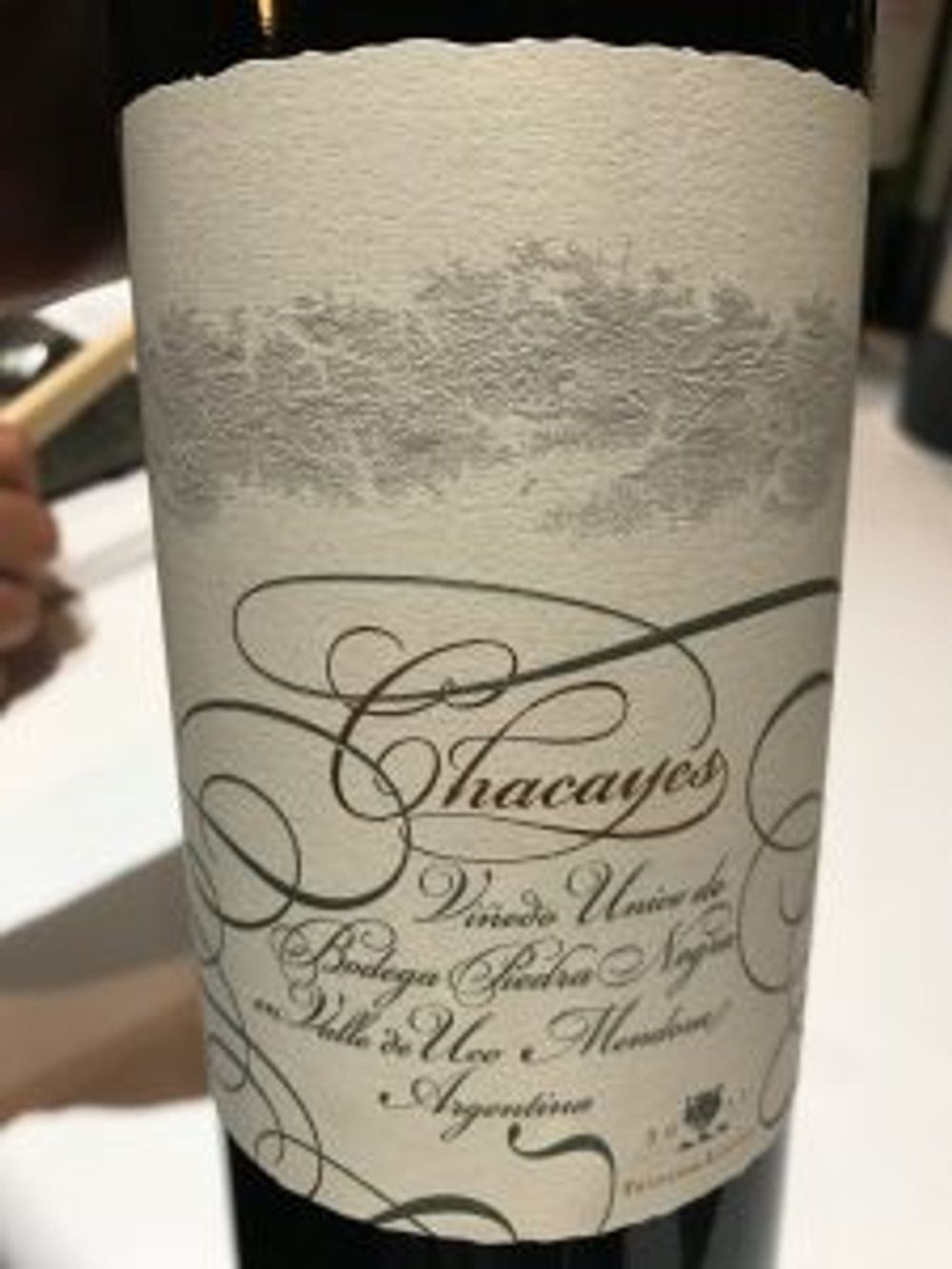
This is a vintage where Lurton obviously has managed to get some sleep. The crop was picked three weeks early giving a lovely freshness and acidity to the cask samples we try of Malbec and Cot.
“I am a specialist in acidity, I prefer it compared to anything else,” he says.
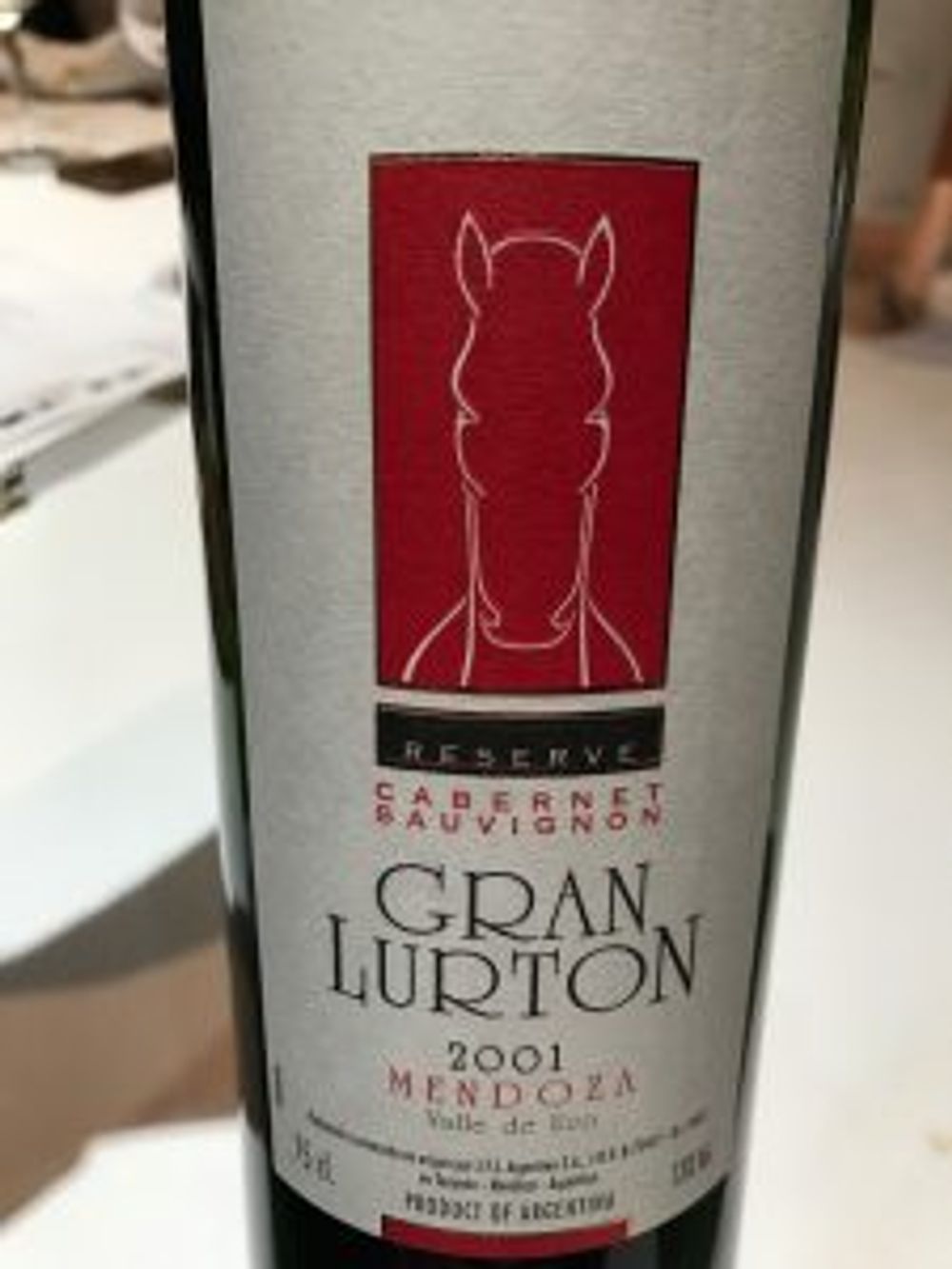
It shows in the wines. A 2001 Gran Lurton Cabernet Sauvignon smells and tastes amazing – like a 25 year old claret – and still has a fresh acidity holding the tastes of sweet tobacco, black fruit and meat juices together.
Part of the secret, Lurton says, is adding 10-15% of Malbec to the blend.
“A 100% Cabernet Sauvignon can have tannins that are a bit rough, particularly when they are young and you can get a sort of rusticity. But this changes when you add the Malbec,” he explains.
“I could have produced a concentrated Cabernet Sauvignon but to be honest I can do that in Bordeaux. I would rather do something different in Argentina, and I wanted to show the finesse and elegance of the tannins.”
A feather in his cap is that the Gran Lurton Cabernet Sauvignon was the first Argentinian wine to win an international wine challenge award in 1996.
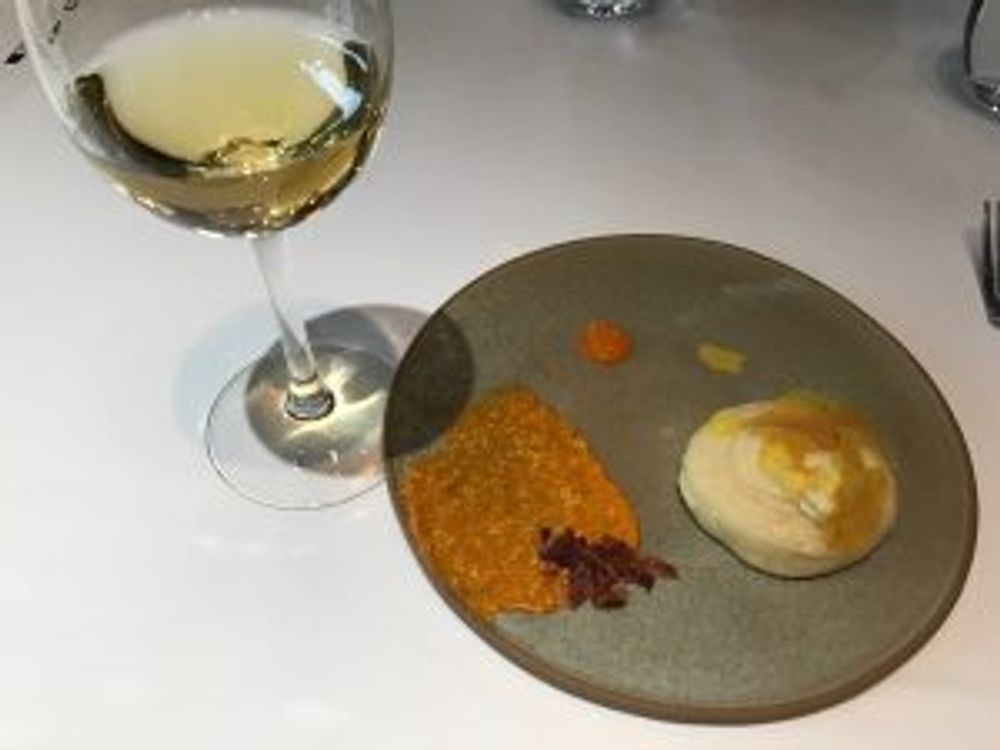
Matching the white 2009 Gran Lurton
With one eye on his personal taste and the other on what will sell internationally, Lurton eschews the popular indigenous white varietal Torrontes in preference for Friulano which he blends with 15% Viognier and 5% Sauvignon Blanc in the Gran Lurton Blanco, an off-dry white wine that has a pleasingly light texture and precise finish.

First made in 2006, it’s an original wine made more so by the fact that Lurton blends it with different varietals as he sees fit from vintage to vintage. The 2009, for example, that we drink with a smoked garlic/mash potato/cured yolk/ bacon/ yellow pepper dish had the Friulano blended with Chardonnay and Pinot Gris instead of the Viognier and Sauvignon Blanc.
“This wine is very much ‘my blend’ – with the 2009 I was influenced by the nose the Chardonnay brings to the wine.”
Like the Cabernet Sauvignon this wine is an eye-opener, a voluptuous honeysuckle and tangerine nose that draws you into a nicely balanced, complex wine that is not over-complicated. This is clever winemaking without being tricksy.
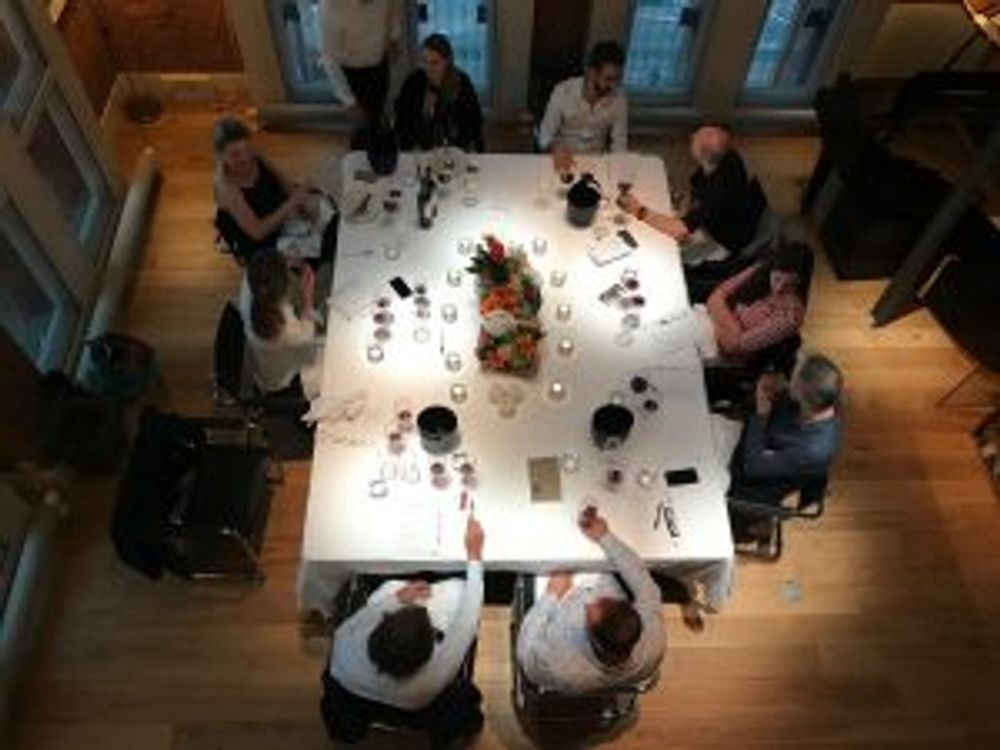
Dinner in the St Pancras clocktower
We then taste a number of Malbecs that all have this customary freshness, a style that Lurton admits he has adopted in recent years and which the estate’s 1100m elevation obviously helps with.
We taste cask samples of the 2017 Malbec and Cot that will go into the Piedra Negra Gran Malbec – wines that are just a few weeks old. Already you can feel the ripe silky tannins of the Malbec against the funkier, blackberry, natural acidity of the Cot. This is impressive, although, enamel-altering juice.
A bottle of the 2011 Piedra Negra Gran Malbec is matched with pigeon/ chestnuts/ faina/ criolla sauce, the acidity of the pigeon counter-balancing the sweetness of the Malbec. Having been aged in oak for 18 months (30% new) the wine has picked up a fundamental structure that will last years if not decades. The acidity carries the phenomenal 15.8% alcohol effortlessly.
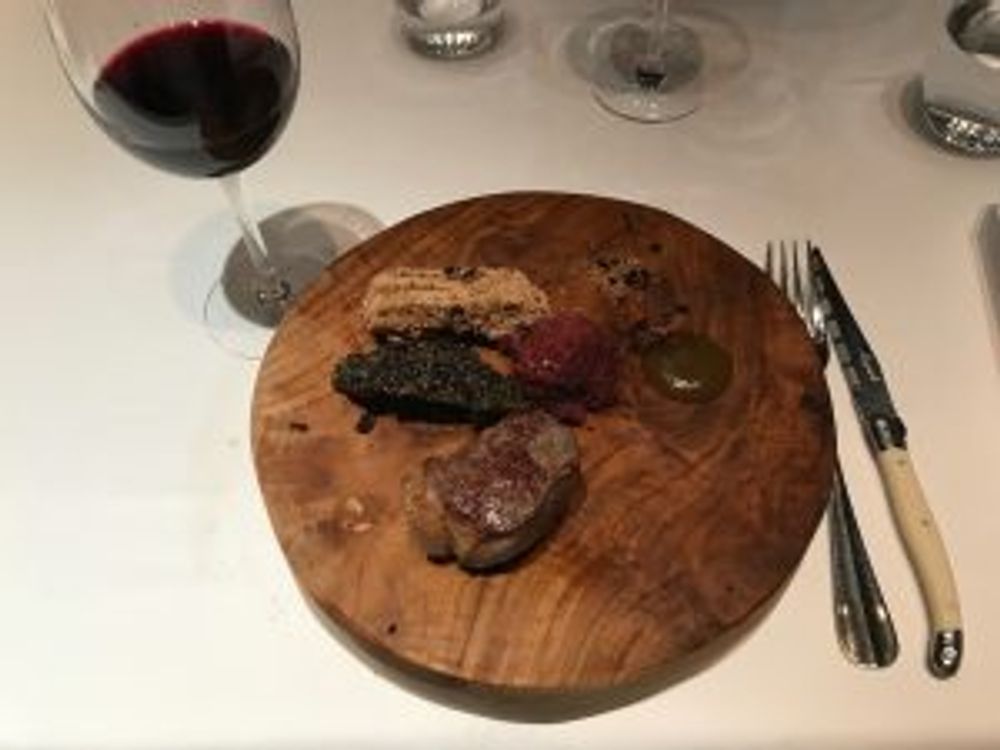
The beef is reserved for the 2008 Malbec
The Chacayes follows, first new vintages of the L’Esprit de Chacayes 2016 and Chacayes 2013 – the former a fruit-driven early-drinking wine, the latter a more serious ‘keeper’ with massive tannin and mouth-puckering acidity. Then a 2008 Chacayes follows which truly shows its pedigree and what the wine is capable of. Naturally enough this is served with Argentine beef (and vegetables curanto/ tomato/ burnt cabbage).
Lurton has 2,000 vines per hectare and just 2-3 bunches per vine, sometimes as few as one bunch to get low yield, super concentrated fruit. The wine is fermented in barrels with no punch down, they just roll the barrels so there is no direct skin contact..
It is to Lurton’s credit that a vision that he and his brother Jacques had in this inhospitable terrain of making great wine has resulted in a new appellation being formed, that of Los Chacayes. But then meeting the man you quickly learn that here is not someone who has got somewhere by standing still. His idea of relaxing is doing the Dakar Rally for God’s sake. His current hobby is stand up paddle surfing.
With Jacques Lurton having sold his shares and opted for a quieter life, Francois seems to be upping the ante even further, almost turning into his father André, by more than just looks.
But where his father made his name in areas of bulk wine production for Francois Lurton the watchword now is quite clearly quality, and something his wines are, thankfully, exhibiting in spadefuls.
